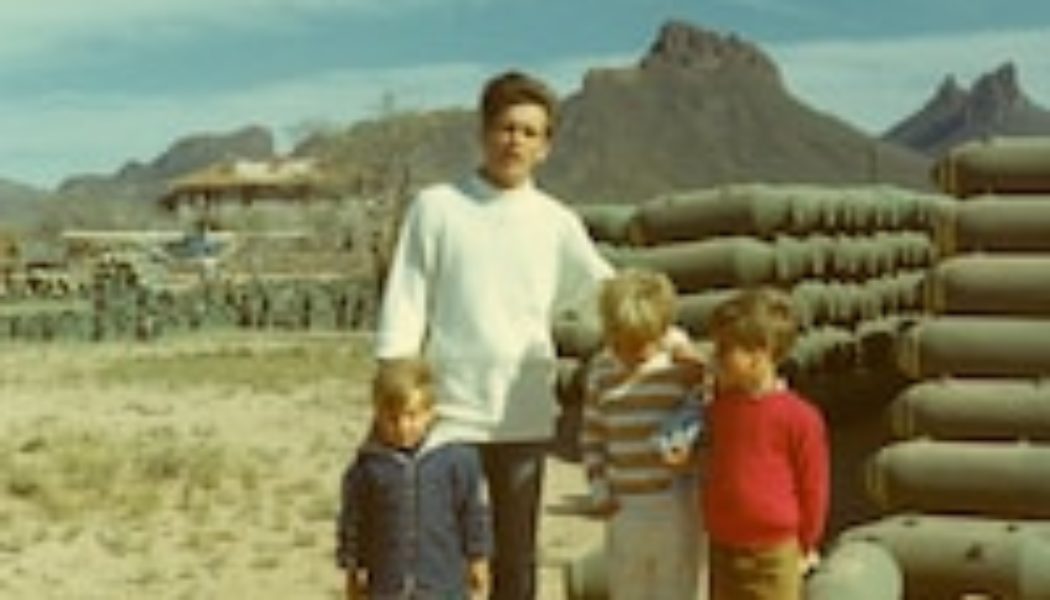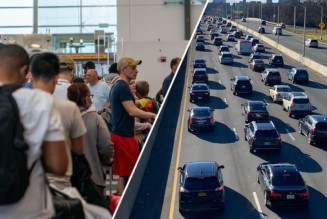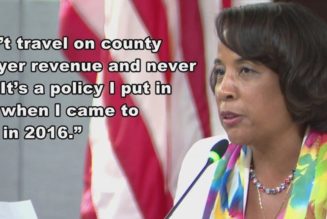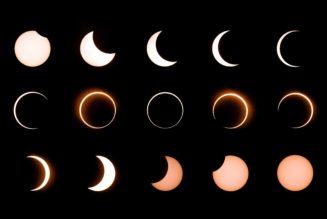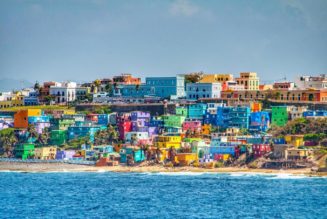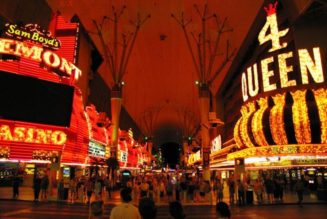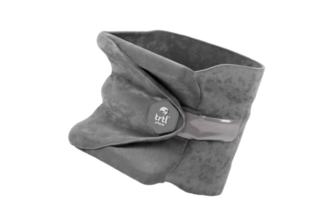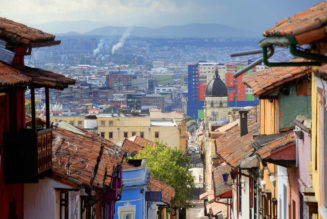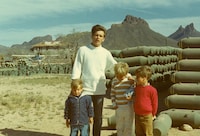
When my girlfriend, Jacquie, booked the Amtrak tickets in March, it seemed like an exciting idea but mostly hers: We’d hop aboard the Coast Starlight from Southern California to Seattle with my parents.
My folks, Martin and Janet Sheen, both in their 80s, were game for the journey. My mother hadn’t traveled since the pandemic began in March 2020, and my father had only flown to Cleveland and back for work.
We were heading to meet author Rick Steves in his hometown of Edmonds, Wash. Rick had just agreed to participate in the rerelease of my 2011 movie “The Way,” about a father’s journey (played by my own) along the Camino de Santiago trail in Spain after his adult son’s death.
This was yet another mission trip, similar to almost every trip I’d taken with my family while growing up.
There are only a couple of times I remember travel that wasn’t work-related as a kid. One was a ski trip to Mammoth when I was 12. The other was to Maui, Hawaii, when I was 16, because my father wanted to avoid the spotlight during the week “Apocalypse Now” was being released in 1979.
Outside that, travel for our family always meant two things: Dad got a job, and we’d be pulled from school (again) and bound to him on the road — whether we wanted to go or not.
My parents believed that, for the family to stay together, the family had to literally stay together.
As young kids, my siblings and I traveled on trains across the country while my father played Tim in the national production “The Subject Was Roses.” In 1969, we left New York City for good, traveling to Guaymas, Mexico, a small fishing village on the Sea of Cortez, as Dad played Lt. Dobbs in “Catch-22.”
Travel for us was always a mission.
And as it is with most missions, there was always a sacred purpose when moving our tightknit family to a foreign land and culture. That sacred, almost spiritual nourishment one gets from travel is deeply felt when the journey is immersive, as was always the case for us.
Posting up four months in a small house in Mexico — adjacent to both a cemetery and slaughterhouse — was a culture shock to 6-year-old me, who only really knew the five boroughs of New York City as home.
Enrolled in first grade as a non-Spanish speaker at a Spanish-only school, I quickly befriended many of the local kids, some of whom would join us for dinner, which usually consisted of Mom’s pot roast. There was always enough to feed a small army.
However, word began to get around of the abundant feast at the “Casa de Gringos,” and soon many of the parents of these school kids showed up to join us for the meal. This quickly became our family’s nightly routine. Sometimes as many as 20 guests would join us unannounced to break bread, or in this case, pot roast.
Looking back on those moments, dining alongside local kids and their parents, where we spoke as much Spanish as they did English, our common bond was family, the meal and sharing it together.
Our immersive travel as a family would continue for years. My father insisted that any film deal requiring him to travel must also include airfare and accommodations for my mom and his four children: me, Ramon, Carlos (Charlie) and Renée. Some of these job offers and distant locations yielded some wonderful and memorable experiences, such as the summer of 1972 in La Junta, Colo., for Terrence Malick’s “Badlands.” Then there were three months in an apartment in Rome for “The Cassandra Crossing,” where we did manage to learn some conversational Italian and hang out with Sophia Loren and Ava Gardner.
But it would be the two years in the Philippines, beginning in 1976, where we dug in for the film and journey that would not only define my father’s career, but also nearly destroy him and our family in the process.
Volumes have been written about Francis Ford Coppola’s Vietnam saga “Apocalypse Now” (loosely based on Joseph Conrad’s “Heart of Darkness”) since its release in 1979. Many of these accounts by journalists or the filmmakers themselves reveal a harrowing ordeal to bring Coppola’s vision to the screen. And what would start as another routine immersive travel experience for the Sheen-Estevez family would soon pivot to something none of us had encountered before: a project where the very outcome was uncertain.
When it was over, nearly two years later, we had been faced with extraordinary circumstances, including my father nearly losing his life during production due to an illness. Our immersive travel as a family would never happen again.
Now, as an adult, having done my fair share of traveling to distant locations for work or over the many cross-country road trips in my beleaguered 2006 Lexus that has accumulated more than 320,000 miles (and counting), I believe that travel is sacred and essential for the mind and spirit.
As Rick recently said: “The very best souvenirs we bring back from our travels are a better appreciation and broader perspective for others around the planet.”
My mother, Janet, was hip to this idea in the late 1960s. My mom, a former Baptist who these days claims no organized religion, is one of the most deeply spiritual people I know. Perhaps it’s because of her Ohio and Kentucky roots and Midwestern sensibilities.
Mom has always understood that real community begins by breaking bread with strangers. And in those early days, her inclusivity allowed our family to discover the common bonds between us that are sacred — no matter our political leanings, luck of birth or geography. At that table, we were all brothers and sisters looking to belong and share ideas.
Everything and nothing has changed since those meals in Mexico. And dining with strangers over mom’s pot roast has never been more important or urgent than it is today.
Emilio Estevez is an actor and filmmaker. His film “The Way,” starring Martin Sheen, is being rereleased May 16.
